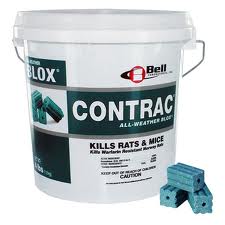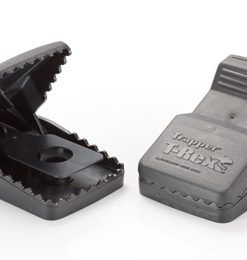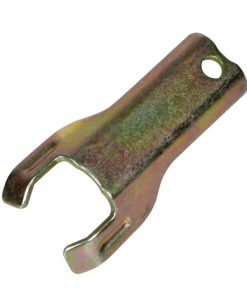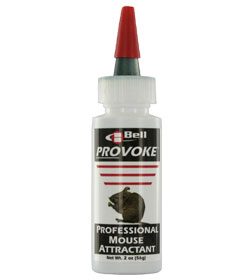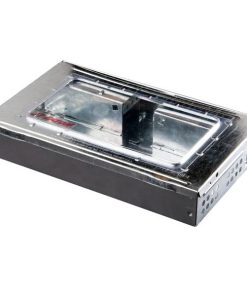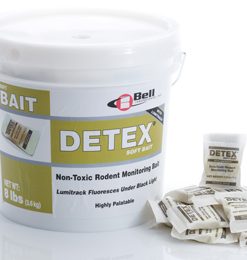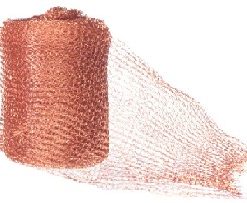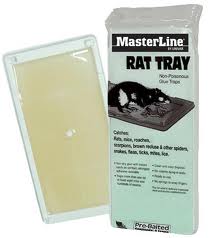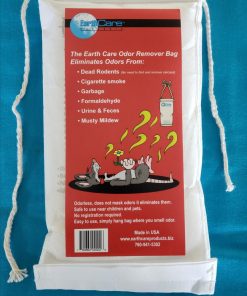controlling deer mice
The deer mouse is found in rural areas and occasionally invades residential homes. Deer mice are of medical importance because they are common carriers of Hantavirus.
The deer mouse prefers the outdoors, in sheltered areas such as hollow tree logs or piles of debris. On the rare occasions the deer mouse comes indoors, it prefers undisturbed areas such as crawl spaces or attics.
The deer mouse transmits the potentially fatal Hantavirus Pulmonary Syndrome. The disease can be transmitted through contact with mouse carcasses, or by breathing in aerosolized urine droplets of infected deer mice.
Rodent & Animal Control
The number one rodent bait in professional pest control, Contrac® All-Weather Blox™, is now available with an amended label for approved use on 11 additional species. The expanded label includes Peromyscus (deer mouse, cotton mouse and white footed mouse), meadow voles and other invasive rodent species, including:
• Cotton rats
• Eastern harvest mouse
• Golden mouse
• Polynesian rat
• White-throated woodrat
• Southern plains woodrat
• Mexican woodrat
The expanded label provides Pest Management Professionals (PMPs) with greater flexibility to obtain control against invasive non-commensal rodent species while closely adhering to label guidelines. The revision comes after a recent U.S. Environmental Protection Agency (EPA) decision that lifts a previous ban against the use of rodenticides on pests other than house mice, Norway rats and roof rats.

